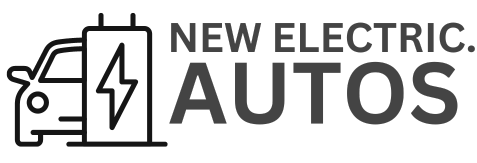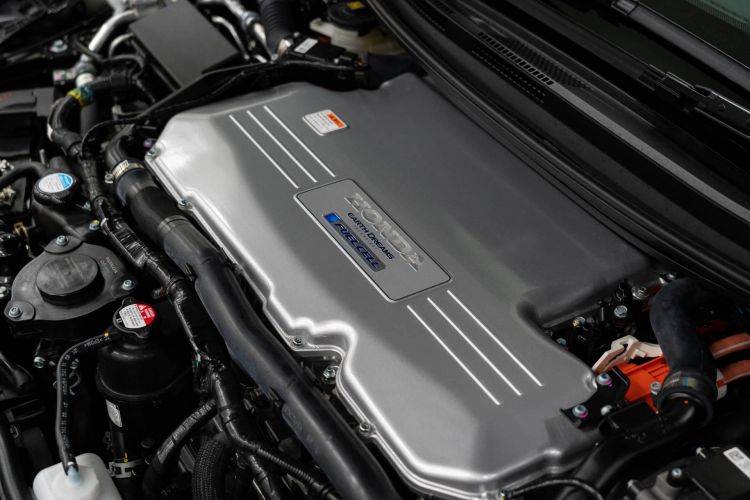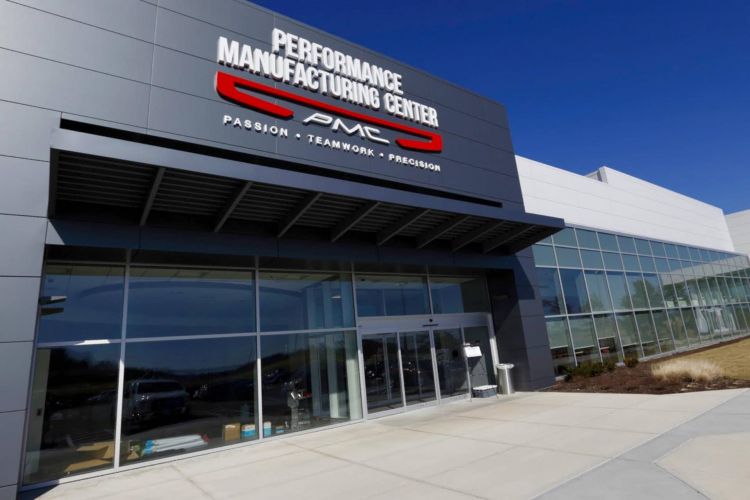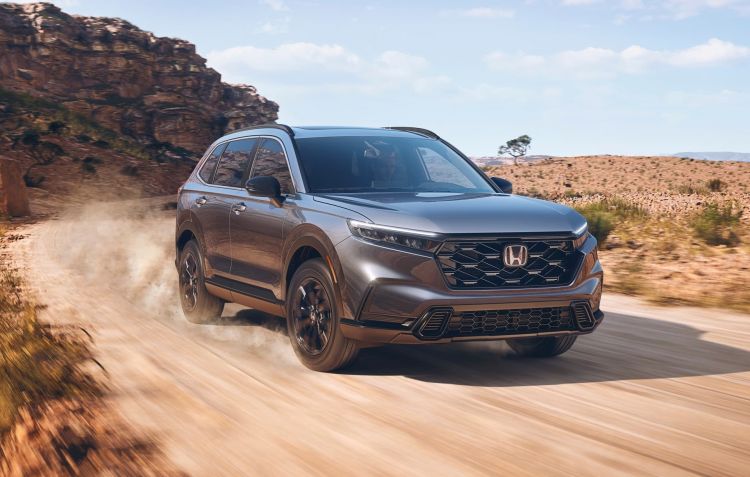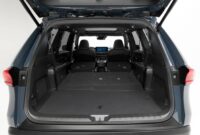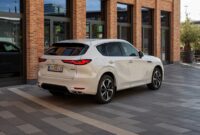Is hydrogen the future of the motor world? For some brands it seems that it is one of the paths to follow and they have decided to bet on it. Toyota and Hyundai are now joined by Honda: in 2024 the production of the hydrogen Honda CR-V will start. For now, they will focus on the United States: will they reach other markets such as Europe, marked by strict emission standards?
The new hydrogen Honda CR-V will be based on the sixth generation of the Japanese SUV: it is assumed that there will be no aesthetic changes, beyond the specific details of the version. Honda explains that it will be the first vehicle in the industry that it will combine hydrogen fuel cell technology with the capability of a plug-in hybrid vehicle.
Hydrogen and pluggable
How will they unite both concepts? The new Honda CR-V will be equipped with a lithium-ion battery with enough range for daily commutes or short trips: just like a plug-in hybrid or an electric car, it can be recharged at any charging point. For longer trips, it will have a range extender similar to a current plug-in hybrid, although with one key difference: Instead of a gasoline engine, it will use a hydrogen-powered fuel cell.
This particular feature of the new Honda CR-V will allow the driver “charge the battery on board to develop electric driving through the city and have the flexibility of rapid refueling of hydrogen for longer trips”.
At the NSX factory
Honda plans to build the hydrogen-powered Honda CR-V in a location as unique as the vehicle itself: at the Performance Manufacturing Center. Yes, the same place where they shape the Acura NSX and other special-edition sports cars for the US market. The brand explains that the facility is ideal for the production of hydrogen vehicles due to the small volume it is used to. The remaining versions of the Honda CR-V will continue to sit on the Indiana and Ohio lines.
The hydrogen-powered Honda CR-V will help the company achieve its goal of having all its sales come from electric or fuel cell models by 2040. The truth is that it does not cease to be a risky bet: Some people think that hydrogen is not as efficient as they promise and point out, at the same time, that it is expensive and the infrastructure is very scarce.
A test bench?
The truth is that in the United States, the presence of models such as the Hyundai Nexo, the Toyota Mirai and the Honda Clarity Fuel Cell (which is no longer manufactured) is practically limited to southern California. The reason? It is the only part of the country that can boast of having an incipient hydrogen supply infrastructure.
This has been the starting point for the theories that see the hydrogen Honda CR-V as a test bench for which Honda intends to extract real data on the use of hydrogen as a fuel of the future. To find out, we will have to wait for the brand to reveal more details before the launch scheduled for 2024.
